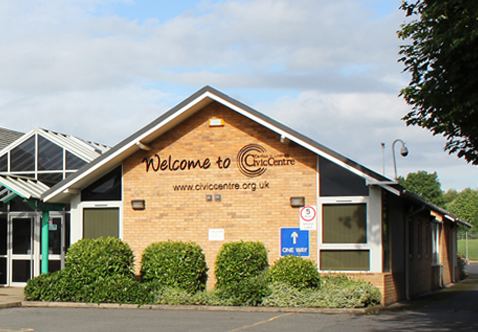Population 5,623 (2011 Census) Civil parish Carlton-in-Lindrick Country England Shire county Nottinghamshire UK parliament constituency Bassetlaw | OS grid reference SK5885 Region East Midlands Sovereign state United Kingdom District Bassetlaw | |
 | ||
Land situated 51 53 hawthorne way carlton in lindrick nottinghamshire
Carlton-in-Lindrick is a village and civil parish about 3 miles (5 km) north of Worksop in Nottinghamshire, England. The 2011 Census (including Wallingwells) recorded a parish population of 5,623.
Contents
- Land situated 51 53 hawthorne way carlton in lindrick nottinghamshire
- Map of Carlton in Lindrick Worksop UK
- Toponym
- Places of worship
- Wallingwells Priory
- Notable person
- Amenities
- References
Map of Carlton in Lindrick, Worksop, UK
Toponym
"Carlton" is a common English placename derived from the Old English for "kings' town" or "freemen's town". "Lindrick" is the name of the ancient district, most of which is in what is now South Yorkshire. The word "Lindrick" denotes the land of the limes (lindens)
Places of worship
St John the Evangelist's Church, Carlton in Lindrick is an 11th-century late Saxon building with Norman, 15th-century Perpendicular Gothic and 19th-century Gothic Revival additions. St John's is the most important surviving Saxon or Saxo-Norman building in Nottinghamshire and is a Grade I listed building. There is a service every Sunday morning at 10.30.
A Wesleyan chapel was built in Carlton in 1861. It is now Carlton Methodist Church, as part of the Trinity Methodist Circuit. A Sunday service is held at 10.45.
Wallingwells Priory
In the reign of King Stephen (1135–41) a Norman landholder, Ralph de Chevrolcourt (or Caprecuria) founded and endowed a Benedictine priory of nuns in Carlton Park. It seems to have been built in 1140–44. The priory was next to a spring ("juxta fontes et rivum fontium") called Wallingwells and was dedicated to St Mary the Virgin. Formally it was called St Mary in the Park but it was generally known as the Priory of Wallingwells.
By 1262 the priory had certain rights in Carlton's parish church of St John the Evangelist, and also the parish churches of St Wilfrid's, Cantley and All Saints, Mattersey. The nuns were very poor so Godfrey Ludham, Archbishop of York granted the priory 18 bovates of land in Carlton parish. The nuns were still poor, so in 1273 St Wilfrid's Cantley was appropriated to the priory so that the nuns would receive its tithe income. Archbishop Godfrey's successor, Walter Giffard, assented to the grant and commended the devoutness of the nuns. A Taxation Roll of 1291 records the Priory as holding temporalities at "Handsworth Woodhouses".
Henry VIII's Valor Ecclesiasticus of 1535 records the priory as holding not only its rectories of Carlton and Cantley and land at Handsworth, but also lands at Gildingwells, Gringley and "Willourne". In 1536 Henry VIII's agents Thomas Legh and Richard Layton visited the priory and found no slander or scandal to report against it. The priory was a small religious house, and therefore was to have been dissolved under the Suppression of Religious Houses Act 1535, which was Parliament's first act for the Dissolution of the Monasteries. However, the prioress, Margaret Goldsmith, bought off the Crown officials with a payment equal to the priory's income for more than a year.
In June 1537 Goldsmith demised the priory and its estates to a Richard Oglethorp for 21 years, retaining only the priory church and buildings for the nuns to use. Two years later Parliament passed the Suppression of Religious Houses Act 1539. In December of that year the Wallingwells Priory surrendered to the Crown, which pensioned off the prioress, her sub-prioress and seven other nuns. No visible remains of the priory survive.
The Carlton-in-Lindrick knight is a 12th-century, mounted bronze figurine 6 cm high discovered in 2004 and now displayed in the Bassetlaw Museum, Retford.
Notable person
Amenities
Carlton has a civic centre There is a doctors' surgery in Long Lane. The village has four pubs: the Blue Bell, The Riddle Arms, The Grey Horses Inn and the Sherwood Ranger.
Carlton is on the 22 bus route between Worksop and Doncaster. The service is half-hourly on Mondays to Saturdays and hourly on Sundays. The nearest railway station is Shireoaks (4 miles/6.4 km) on the Sheffield–Lincoln line, which offers an hourly service on Mondays to Saturdays and a two-hourly service on Sunday afternoons.
Carlton Mill is a privately owned 19th-century corn mill, water-powered with an auxiliary steam engine. It is now used only for annual flower shows.
